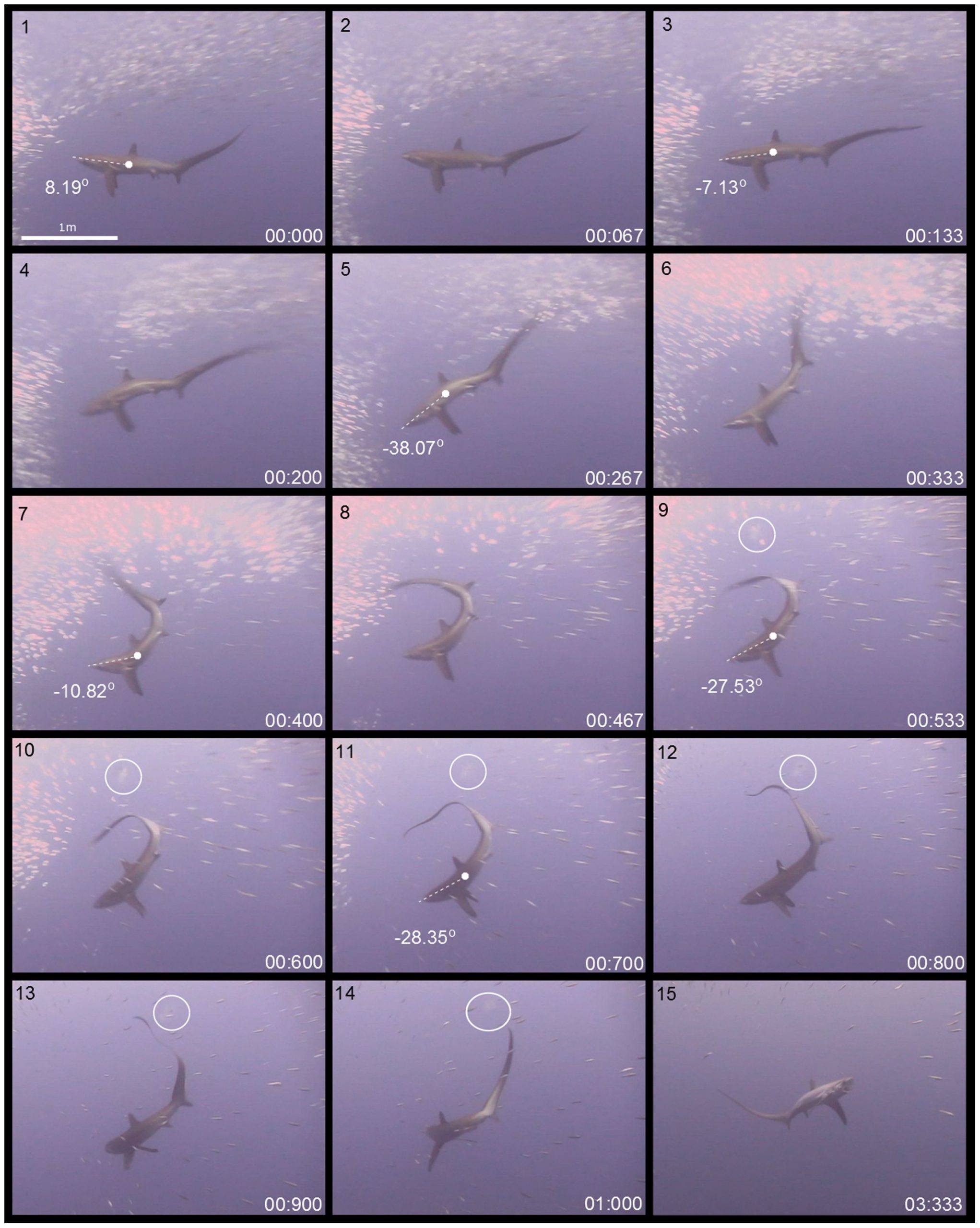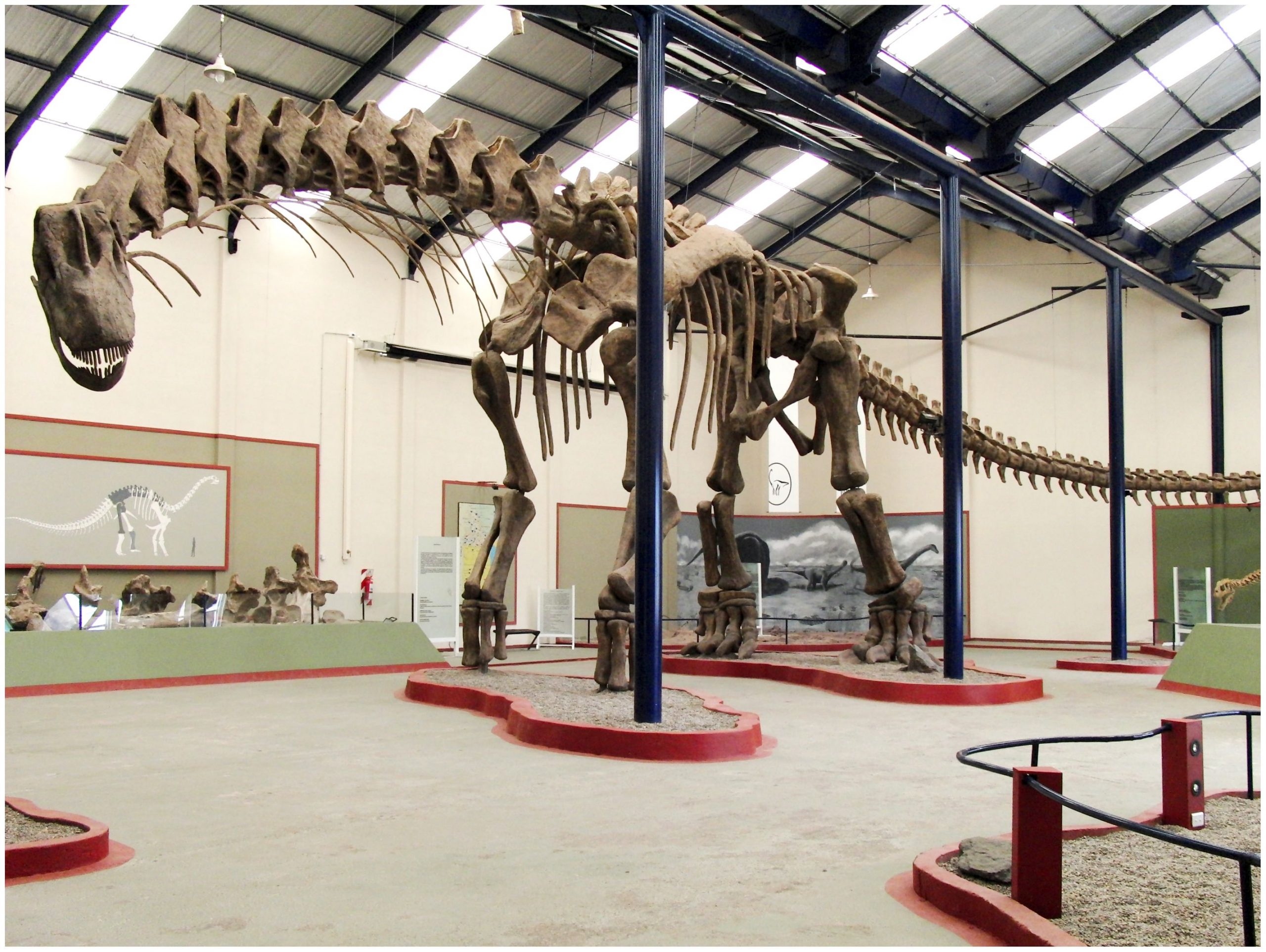A Year in Review: 2013 PLOS ONE Papers in the Media
 Image Credit: Yutaka Tsutano
Image Credit: Yutaka Tsutano
Tired of year-end lists? We know you’ve got room for at least one more. 2013 was a great year for PLOS ONE media coverage: We had over 5,000 news stories on over 1450 published articles.
The PLOS ONE press team poured tirelessly over the list to whittle down the papers that stood out the most. In celebration of the New Year, we’d like to share some of these titles with you.
Zipping back to January 2013 and moving forward from there, here they are:
1. Flowers Flowering Faster (Sooner)
 Image credit: PLOS ONE article
Image credit: PLOS ONE article
In “Record-Breaking Early Flowering in the Eastern United States,” US researchers used 161 years of historical reports—initiated by Henry David Thoreau and Aldo Leopold in 1935—to track spring flowering times. They discovered that exceptionally warm spring temperatures in Massachusetts and Wisconsin in 2010 and 2012 may have resulted in the earliest recorded spring in the eastern United States. Furthermore, scientists indicate that these advanced flowering times could be predicted based on the historical data. This research received media attention from the The New York Times, National Geographic, and NPR.
2. Lend an Ear?
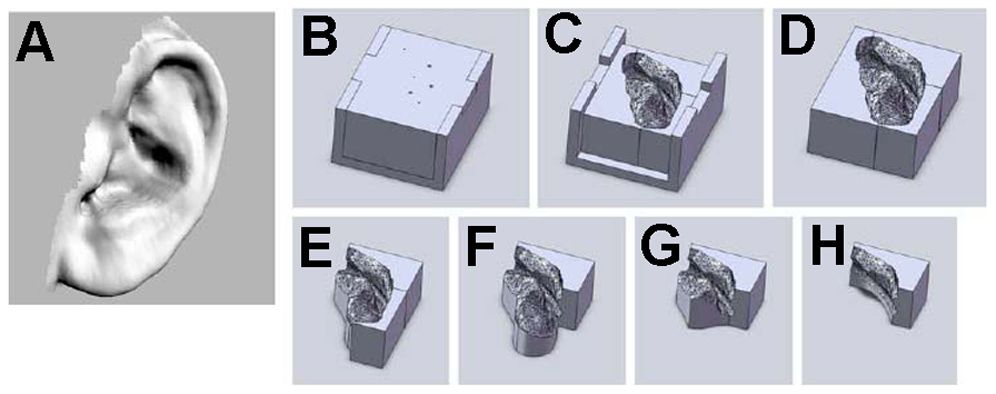 Image credit: PLOS ONE article
Image credit: PLOS ONE article
US scientists 3D-printed a human ear using collagen hydrogels (a network of polymers that form a gel with water) derived from cow cartilage in the lab. They shared their results in “High-Fidelity Tissue Engineering of Patient-Specific Auricles for Reconstruction of Pediatric Microtia and Other Auricular Deformities.” The authors suggest that this advancement may be a significant first step toward creating patient-specific tissue implants for those who require ear prosthesis. Popular Science, Discovery News, and NPR covered this research.
3. Central African Elephants in Big Trouble
 Image credit: PLOS ONE article
Image credit: PLOS ONE article
African forest elephant populations may have declined by an alarming 62% in the last decade, according to the study “Devastating Decline of Forest Elephants in Central Africa.” The authors suggest that this dramatic drop is largely due to continuing illegal ivory trade and inadequate efforts to put a stop to it. ScienceNow, TIME, Slate, Smithsonian, and many others covered this article.
4. Wrapped up in a Book
 Image credit: moriza
Image credit: moriza
For everyone who enjoys a good page-turner, researchers in the study “The Expression of Emotions in 20th Century Books” indicate that recent British and American books have fewer emotional “mood” words than they did in the earlier half of the 20th century. What’s more, the study’s authors provide evidence that American authors express more emotion than British authors, and that newer American books use more words conveying fear than older ones. This research was covered by the The New York Times Arts Beat, Jezebel, our EveryONE blog, and Nature.
5. Gaming for All Ages
 Image credit: PLOS ONE article
Image credit: PLOS ONE article
In the article “A Randomized Controlled Trial of Cognitive Training Using a Visual Speed of Processing Intervention in Middle Aged and Older Adults,” researchers from multiple institutions in Iowa discovered that when middle-aged and older adults played video games, they scored better on cognitive function tests. The authors hope that these results might help us slow cognitive decline in older individuals. This paper was covered by the The Wall Street Journal, Nature, and The Telegraph.
6. Seafood Watch for Arctic Foxes?
 Image credit: PLOS ONE article
Image credit: PLOS ONE article
In another saddening story of declining wild animal populations, researchers studying the “Correlates between Feeding Ecology and Mercury Levels in Historical and Modern Arctic Foxes (Vulpes lagopus)” found that mercury levels in seafood may be the culprit. They emphasize that overall direct exposure to toxic materials may not be as important as the feeding ecology and opportunities of predators, like the arctic fox, that have a very marine-based diet, which may contain these toxic substances. This research received media attention from Wired UK, Scientific American, and The Guardian.
7. Cancer in Neandertals
 Image credit: PLOS ONE article
Image credit: PLOS ONE article
At least one Neandertal 120,000 years ago had a benign bone tumor in a rib, according to researchers in the study “Fibrous Dysplasia in a 120,000+ Year Old Neandertal from Krapina, Croatia.” The authors note, however, that they cannot comment on any health effects or the overall health condition of the individual without further evidence. This article received media attention from sources including the BBC, The New York Times, ScienceNOW, and Gizmodo.
8. Who Needs Rows of Teeth When You’ve Got a Tail to Slap Sardines?
Image credit: PLOS ONE article
“Thresher Sharks Use Tail-Slaps as a Hunting Strategy” contains the first video evidence of long-tailed sharks tail-slapping to stun their sardine prey. The authors suggest that this method may be effective when hunting prey that swim in schools. A Scientific American podcast, National Geographic’s Phenomena blogs, and NBC News were some of the media outlets that covered this research.
9. Contagious Yawning in Dogs and Chimps
Video credit: PLOS ONE article
Yawning animals were the focus of more than one PLOS ONE article in 2013. In one study, “Familiarity Bias and Physiological Responses in Contagious Yawning by Dogs Support Link to Empathy,” Japanese researchers found that dogs yawn more often in response to their owners’ yawns rather than a stranger’s, and received media coverage from The Guardian, CBS News, and The Telegraph. The authors of another research article “Chimpanzees Show a Developmental Increase in Susceptibility to Contagious Yawning: A Test of the Effect of Ontogeny and Emotional Closeness on Yawn Contagion” showed that chimpanzees appear to develop a contagion for yawning as they get older, just as humans do, and this article received media attention from The New York Times Science Takes, Los Angeles Times, and Scientific American Blogs.
10. What, the Cat? Oh, He’s Harml…
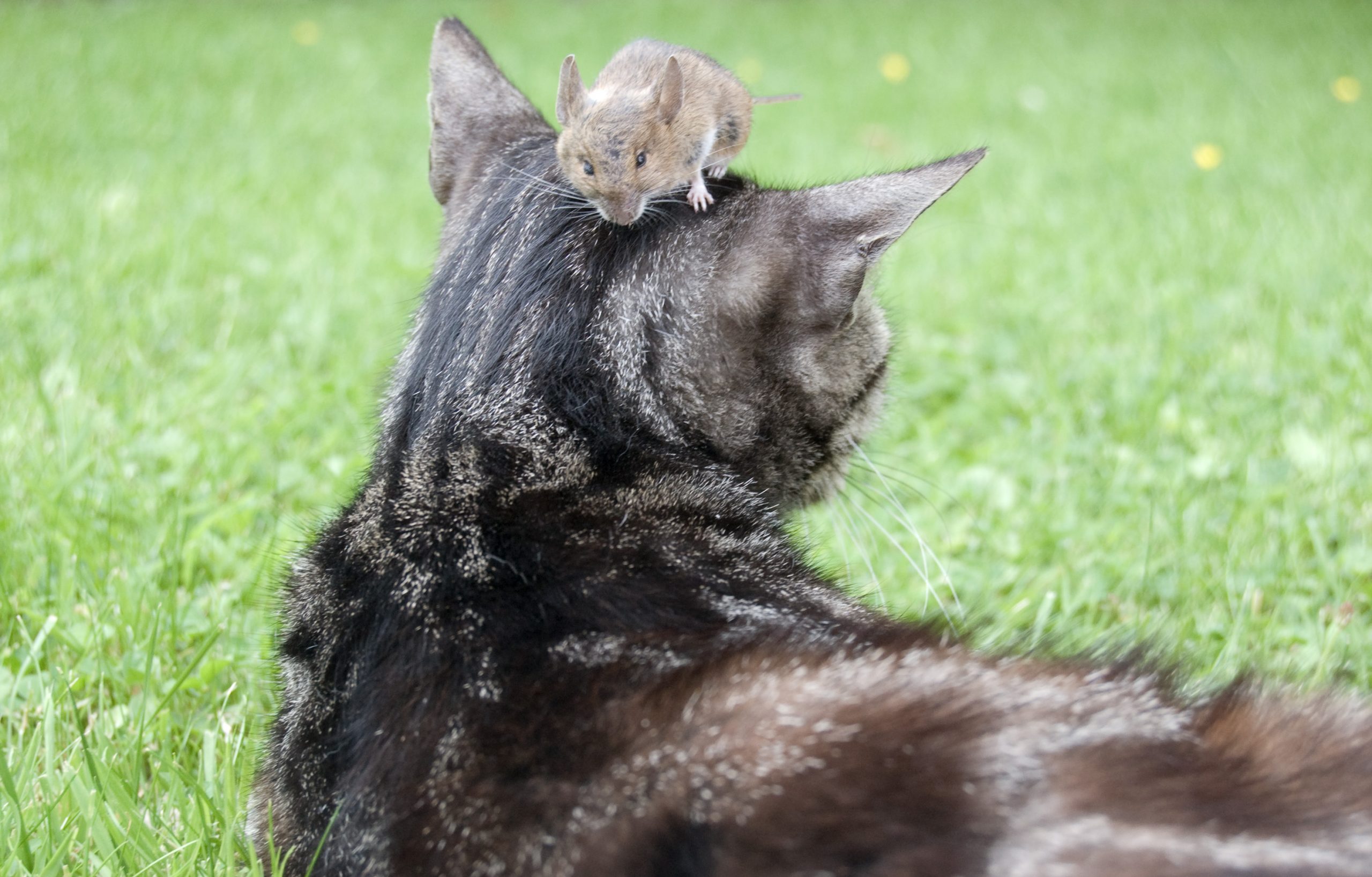 Image credit: Denis Defreyne
Image credit: Denis Defreyne
Our favorite parasite Toxoplasma gondii strikes again. Mice are normally terrified of cats, and rightly so, but Berkeley researchers (including a PLOS founder Mike Eisen) in “Mice Infected with Low-Virulence Strains of Toxoplasma gondii Lose Their Innate Aversion to Cat Urine, Even after Extensive Parasite Clearance” show that mouse exposure to the parasite, carried in cat feces, may alter the mouse’s brain, causing the mouse to permanently lose its fear of cats. The story received coverage from several news outlets, including a CNN segment by Charlie Rose, and coverage by BBC, National Geographic Phenomena, and Nature.
11. Just in Time for the Movie: Jurassic Park is Fake
 Image credit: Wikipedia
Image credit: Wikipedia
Sorry in advance for the disheartening news: Jurassic Park will likely remain a work of fiction. In “Absence of Ancient DNA in Sub-Fossil Insect Inclusions Preserved in ‘Anthropocene’ Colombian Copal,” UK researchers were unable to find any evidence of ancient DNA in specimens of prehistoric insects fossilized in hardened tree sap. Conveniently, the article published right when the newest Jurassic Park film series was announced, and was covered by San Francisco Chronicle, The Telegraph, The Conversation, and others.
12. Not Now, Honey – The Pressure Just Dropped
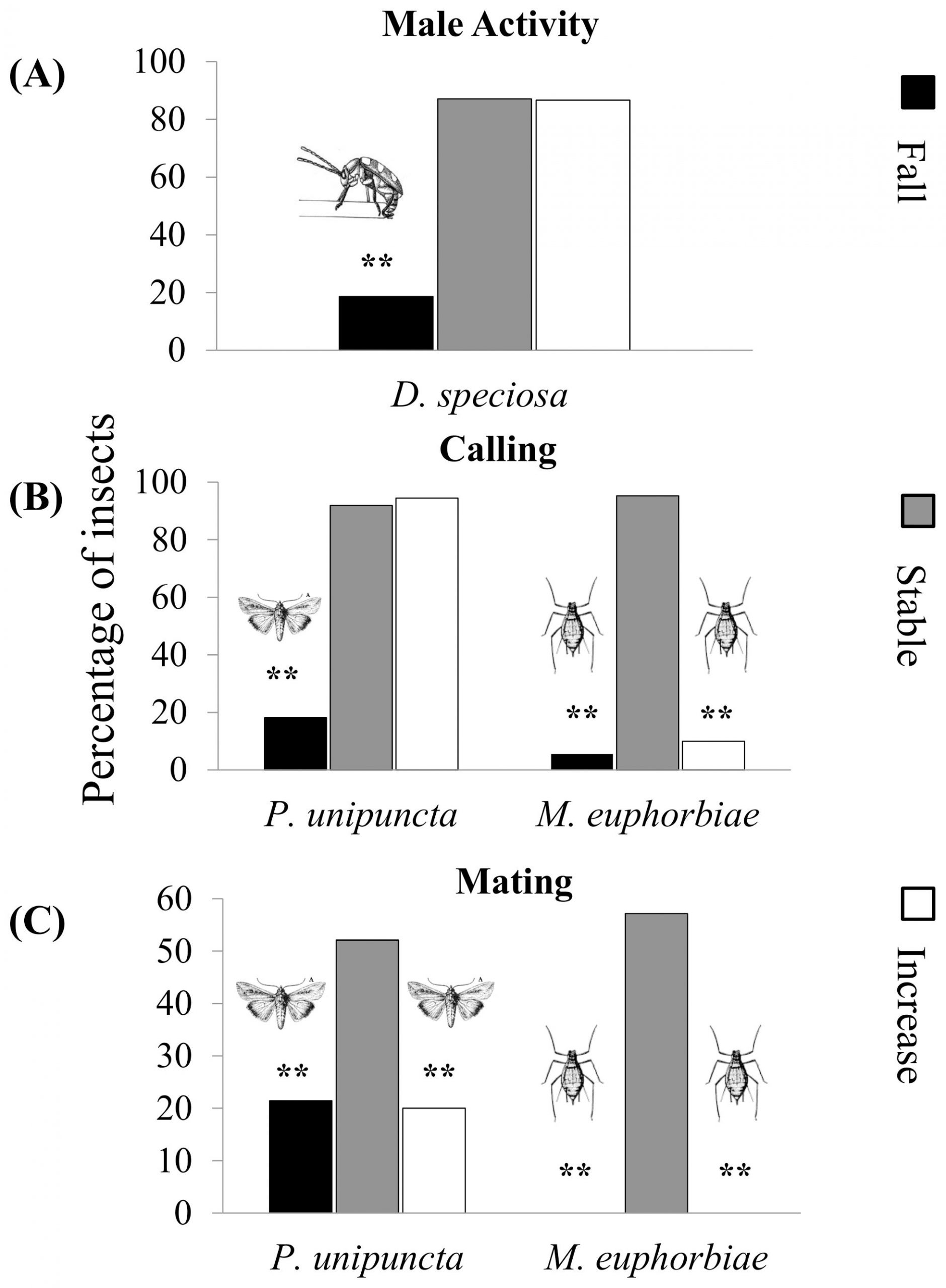 Image credit: PLOS ONE article
Image credit: PLOS ONE article
Insects avoid sex when a drop in atmospheric pressure occurs, which usually precedes rain, according to researchers in the study “Weather Forecasting by Insects: Modified Sexual Behaviour in Response to Atmospheric Pressure Changes.” Injury from rain can be deadly for some insect species, so the authors suggest that the insects modified their behavior to enhance survival (good choice!). The article has received attention from nearly 20 news outlets, including Nature, Los Angeles Times, Scientific American, and ScienceNOW.
13. Dinos with Squishy Joints and Tiny Arms
Image credit: PLOS ONE article
Dinosaurs were a popular item in PLOS ONE in 2013, especially with the launch of PLOS ONE’s New Sauropod Gigantism Collection. The most popular article was a simulation of how the largest dinosaur, the Argentinosaurus, might have walked in “March of the Titans: The Locomotor Capabilities of Sauropod Dinosaurs,” which was covered in Washington Post and The Guardian. Another group of researchers showed that squishy joints were a major factor in the massiveness of saurischian dinosaurs in “What Lies Beneath: Sub-Articular Long Bone Shape Scaling in Eutherian Mammals and Saurischian Dinosaurs Suggests Different Locomotor Adaptations for Gigantism.” The article was covered by Gizmodo, Inside Science, and Discovery. Finally, a new super-predator larger than T. rex lived 80 million years ago and was described in “Tyrant Dinosaur Evolution Tracks the Rise and Fall of Late Cretaceous Oceans” and covered by BBC, Nature, and Discovery.
14. Huh?
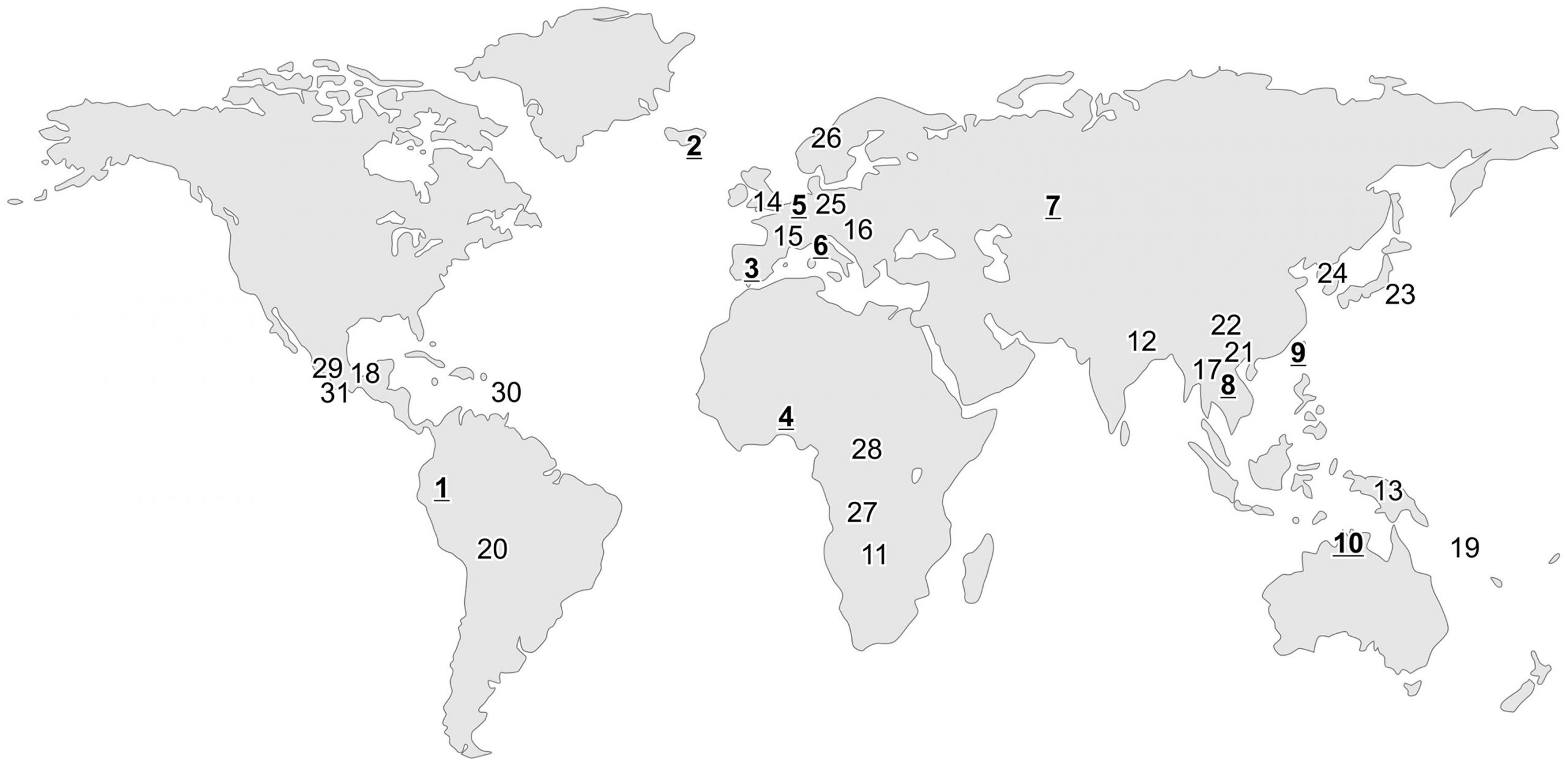 Image credit: PLOS ONE article
Image credit: PLOS ONE article
The title of this next study says it all: “Is “Huh?” a Universal Word? Conversational Infrastructure and the Convergent Evolution of Linguistic Items.” The authors of this article suggest that it is, and that at least ten countries use a variation of this word to verbally express confusion. The article was featured in NPR, The New York Times, and LA Times.
15. Little Red Riding Hood: The Evolution of a Folk Tale
 Image credit: PLOS ONE article
Image credit: PLOS ONE article
Little Red Riding Hood has very deep roots, as the authors of “The Phylogeny of Little Red Riding Hood” show in their article. It has made its way across China to Europe and back again, but where did it begin? The authors indicate that phylogenetic methods (like the branched chart above) may be a new way to analyze cultural relationships among folk tales and oral narratives. This article received coverage in ScienceNOW, National Geographic, and Nature.
Thank you to all of our Academic Editors, reviewers, and authors for making these articles a reality. Needless to say, PLOS ONE staff cannot wait to see what lies ahead in 2014!

